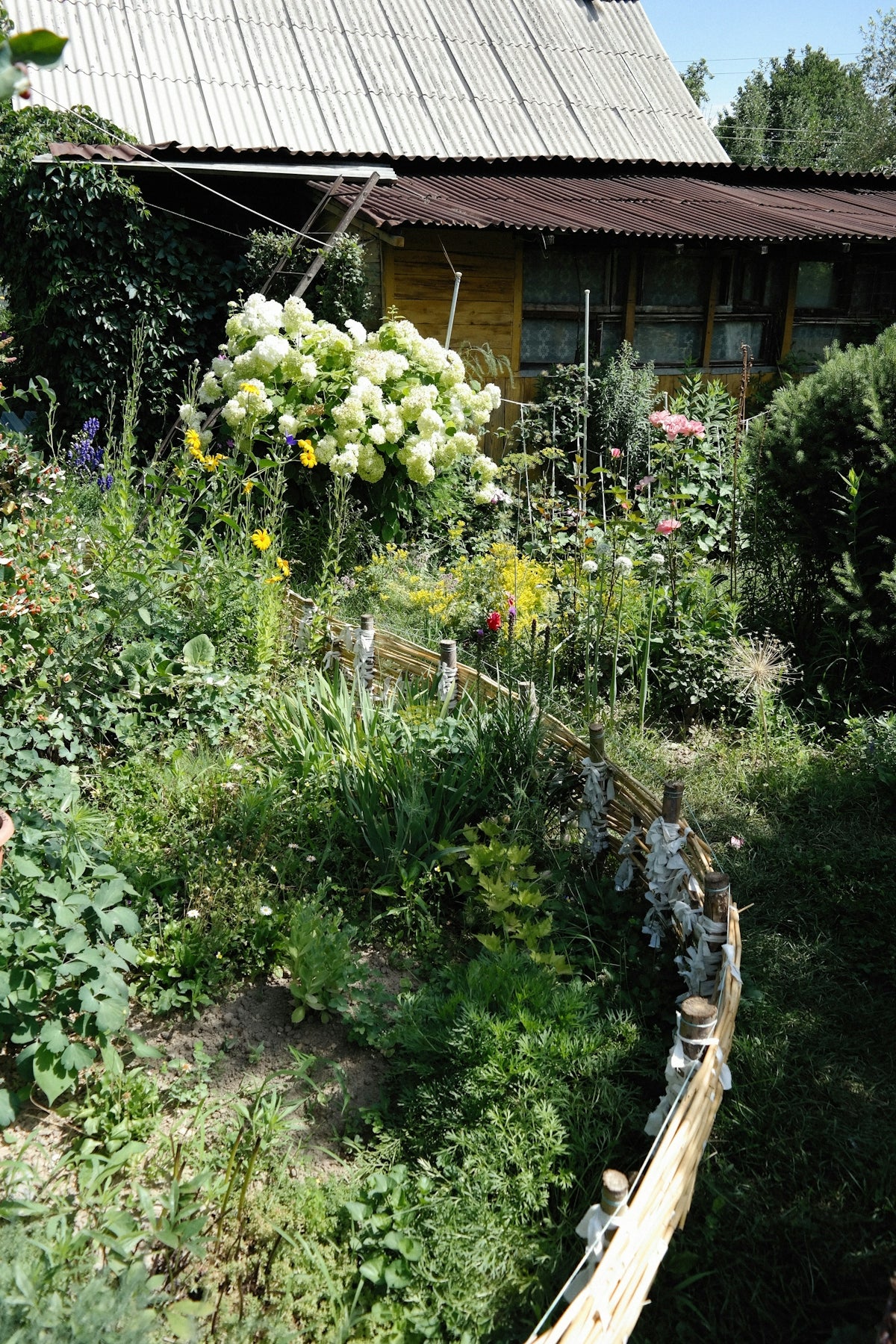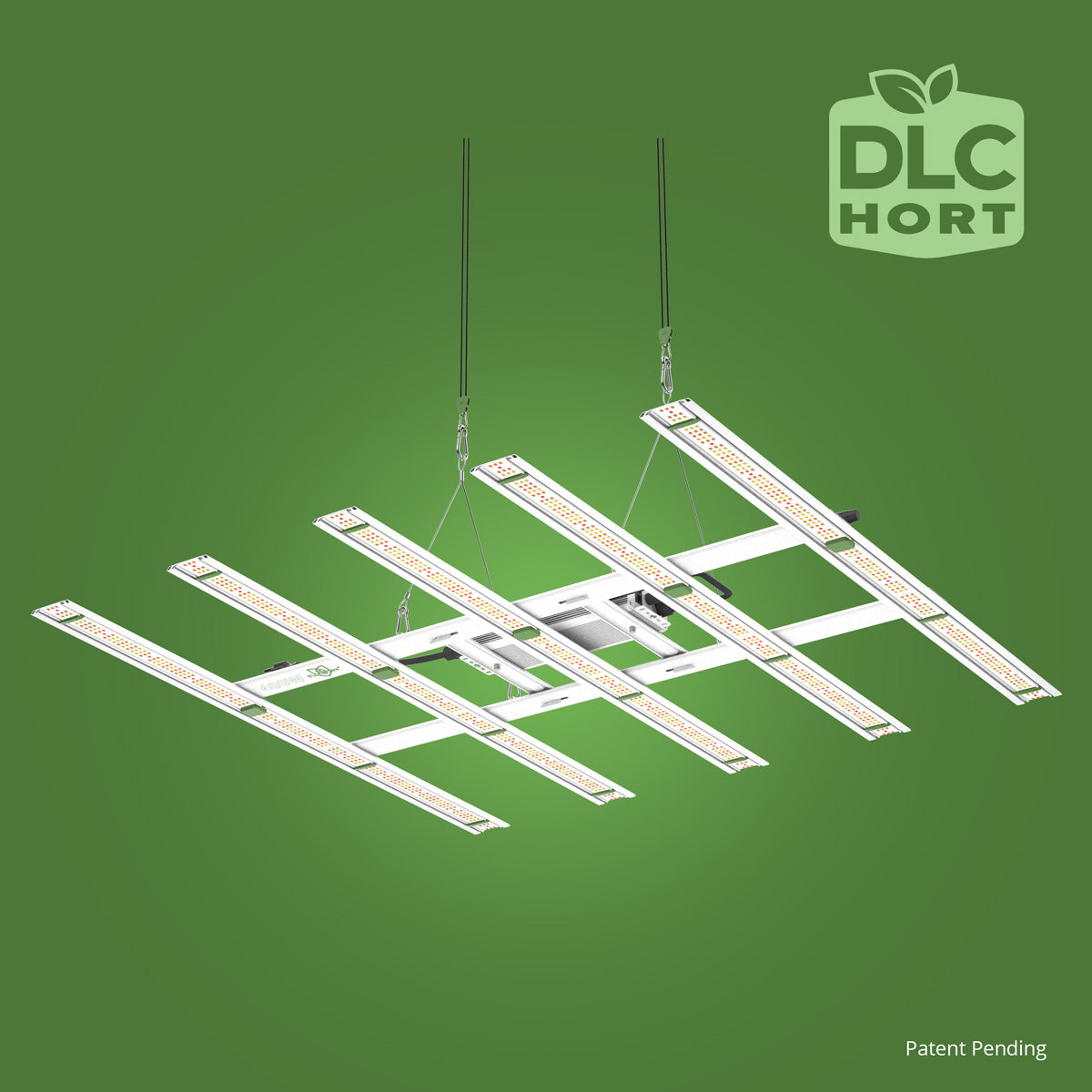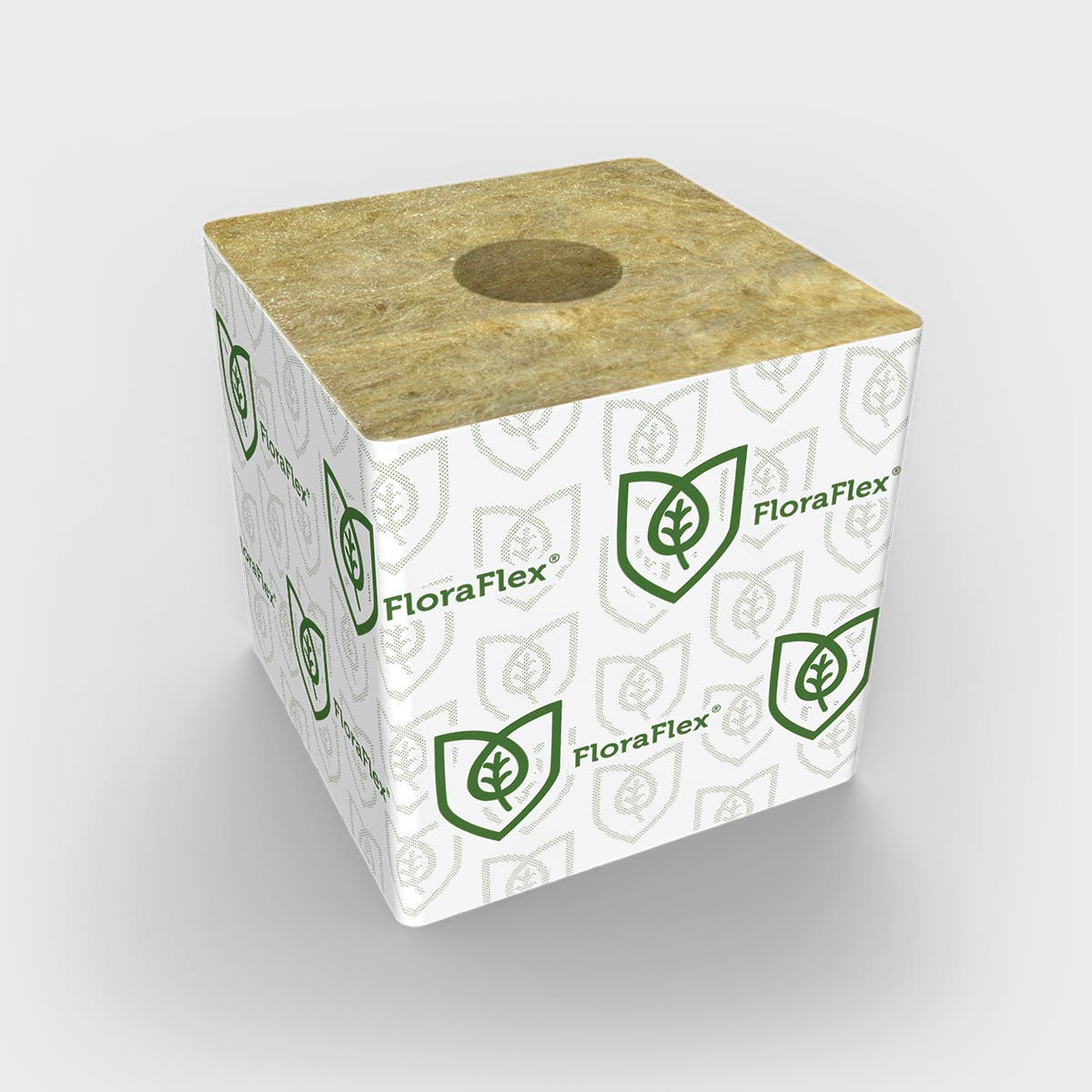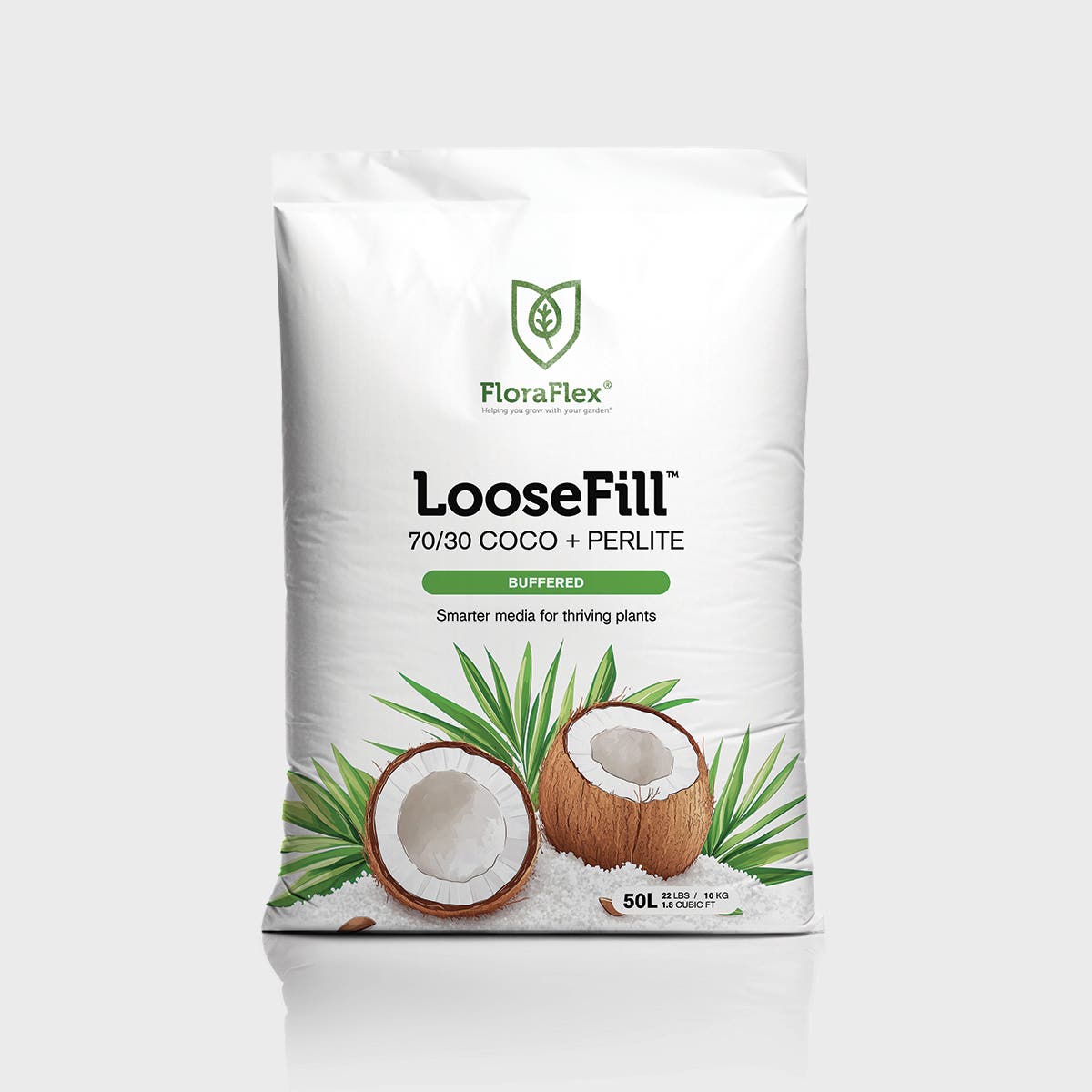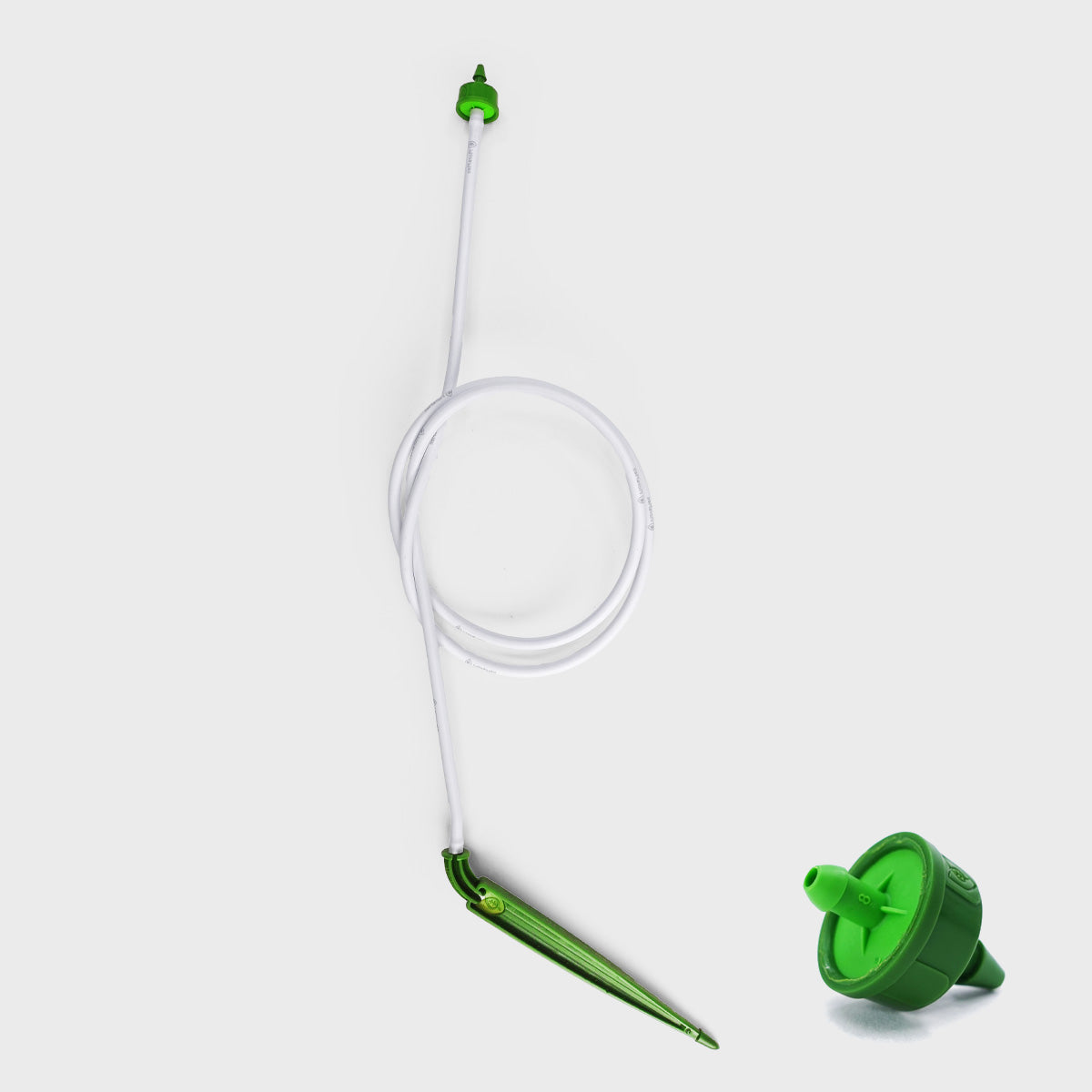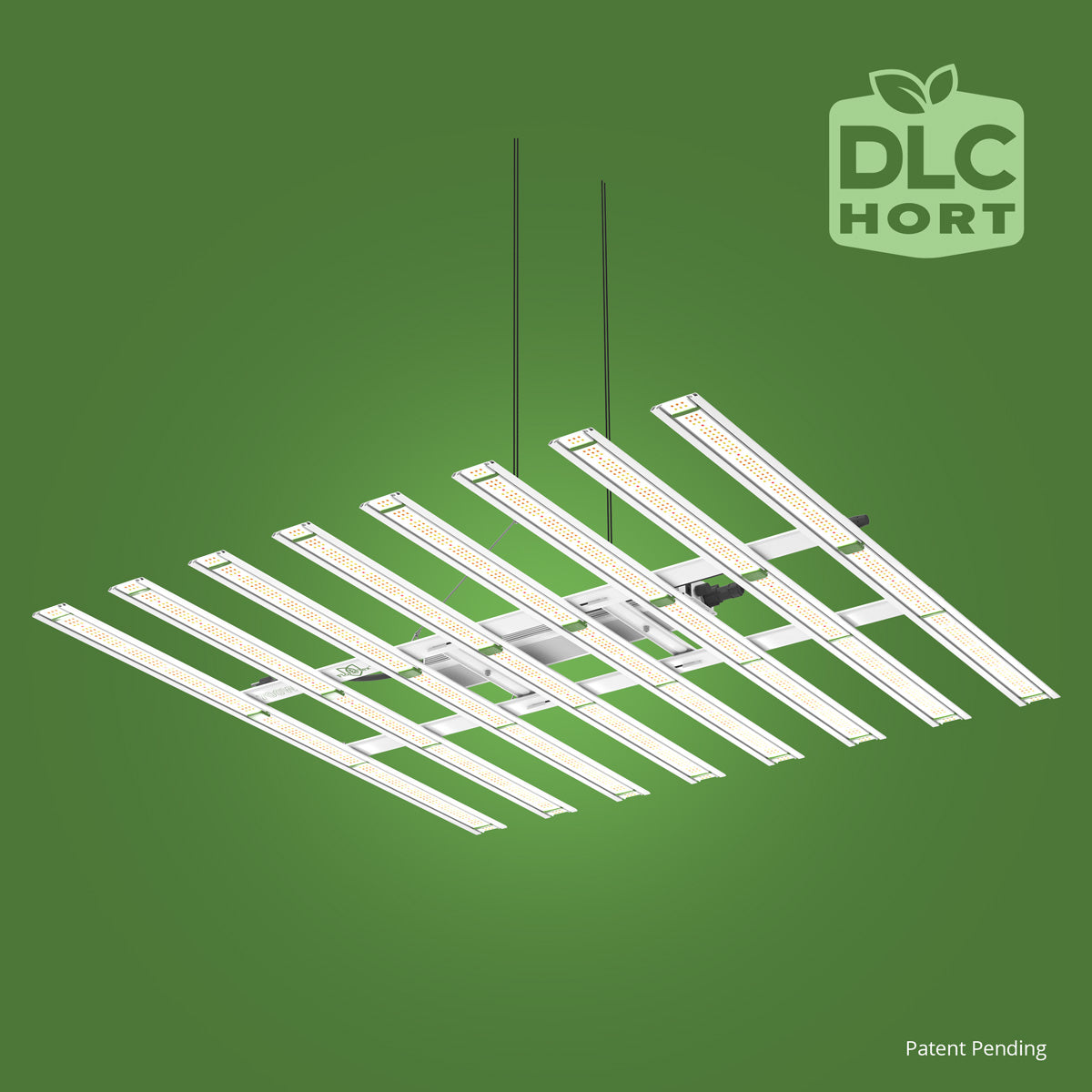Creating a wildlife habitat in your own backyard can be an enriching and rewarding experience. Not only does it provide a sanctuary for local wildlife, but it also brings you closer to nature, enhances the ecosystem, and adds a unique charm to your outdoor space. Here's how you can make your own DIY wildlife habitat and the benefits it can bring to you and your neighborhood.
Benefits of Creating a Wildlife Habitat
1. Supporting Biodiversity
A well-structured wildlife habitat can support a diverse range of species. By planting native shrubs, trees, and flowers, you offer essential resources such as food, shelter, and breeding grounds for birds, insects, and small mammals. This support significantly contributes to the preservation of local biodiversity.
2. Enhancing Ecosystem Services
Wildlife habitats promote ecosystem services such as pollination, seed dispersal, and pest control. By attracting pollinators like bees, butterflies, and birds, you encourage a balanced ecosystem, enabling your plants and crops to thrive.
3. Educational Opportunities
A backyard wildlife habitat provides endless educational opportunities for both children and adults. Observing the life cycles of various species and understanding their roles in the ecosystem can foster a deeper appreciation for the environment and stimulate interest in conservation efforts.
4. Stress Relief and Wellbeing
Spending time in nature has been shown to reduce stress and enhance mental wellbeing. By transforming your outdoor area into a vibrant habitat, you create a peaceful retreat where you can unwind, meditate, or enjoy a book surrounded by the sounds and sights of nature.
Tips for Starting Your Own Wildlife Habitat
1. Start with Native Plant Species
Selecting native plants for your habitat is crucial as they are best suited to thrive in your local climate and soil conditions. Native plants are more resistant to pests and diseases, and they require less maintenance than non-native species.
2. Provide a Water Source
Incorporating a water source like a birdbath, pond, or shallow dish can attract a variety of wildlife to your habitat. A 1.5L Pump Sprayer can be a useful tool to keep water features clean and filled, especially during dry spells. FloraFlex 1.5L Pump Sprayer offers an easy and efficient way to water your plants and maintain your habitat.
3. Create Layers of Vegetation
Diversity in plant height and structure can cater to the varying needs of wildlife. Include trees, shrubs, and ground cover plants to offer shelter and feeding opportunities at multiple levels. This diverse structure will make your habitat a thriving refuge for different species.
4. Minimize Use of Chemicals
Avoid the use of chemical pesticides and fertilizers in your wildlife habitat. Opt for organic or natural alternatives that won't harm the animals you're trying to attract. This approach ensures a safe and healthy environment for your backyard guests.
5. Provide Nesting and Shelter Options
Install birdhouses, bat boxes, or insect hotels to give wildlife a place to breed and shelter. Stacks of wood, rock piles, and leaves can also serve as natural shelters for many different species.
Creating a DIY wildlife habitat is a fulfilling project that offers myriad benefits to both the environment and your personal life. If you're ready to start your own habitat, visit FloraFlex for products and resources that can help bring your vision to life.

